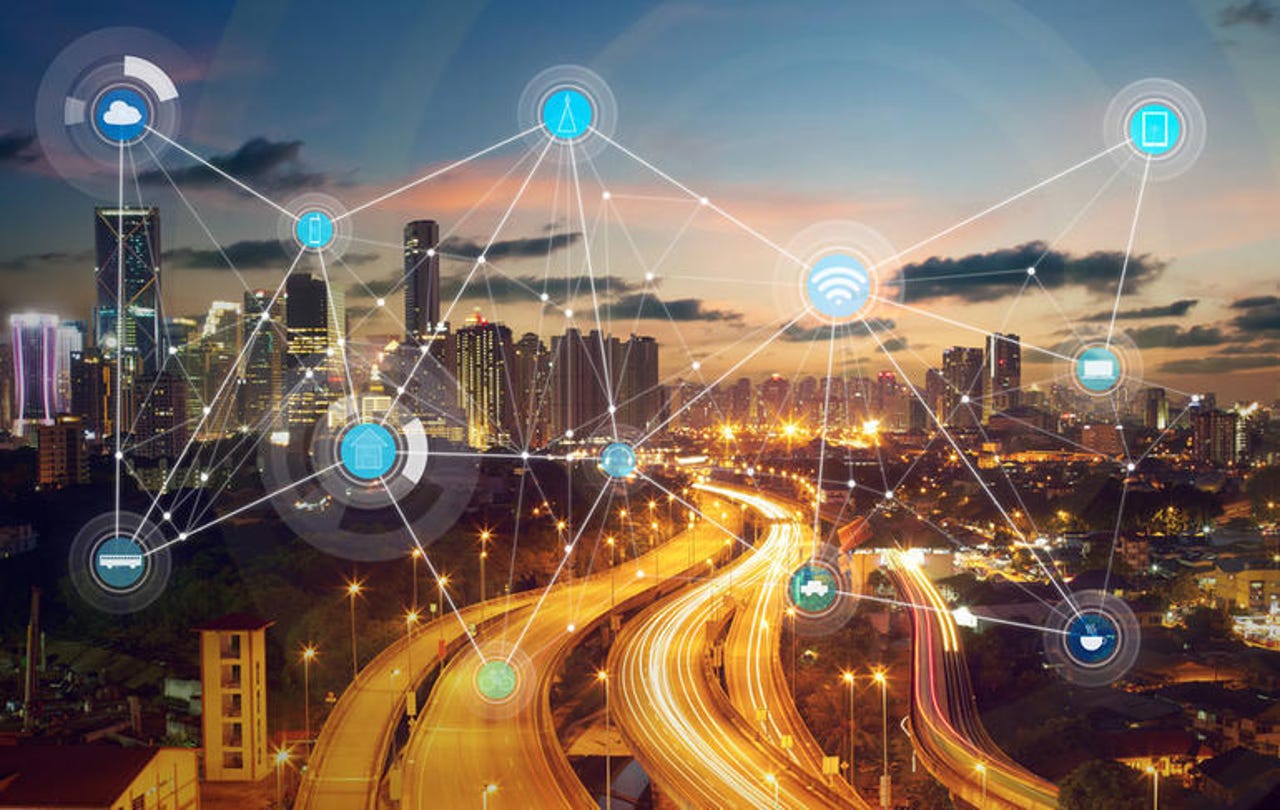Commonwealth claims NBN has capacity to handle IoT and smart transport initiatives


The Australian government has said managing the country's population growth to ensure Australia's cities remain liveable and workable, such as through ensuring the National Broadband Network (NBN) can handle new initiatives including Internet of Things and smart transport, is high on its agenda as part of its response to the Standing Committee on Infrastructure, Transport, and Cities's inquiry into the Australian government's role in the development of cities.
The response by the government comes nearly two years after the committee put forward its recommendation. The committee made a total of 37 recommendations in its Building Up and Moving Out report [PDF].
Chaired by John Alexander, the inquiry was first launched back in June 2017 to examine city planning and sustainable urban development, focusing on how to transition existing capital cities and how to develop new and existing regional centres.
On recommendations surrounding the need for the Australian government to ensure that the NBN is developed to handle future capacity requirements, such as intelligent transport systems and the Internet of Things (IoT), the Australian government agreed in principle.
It pointed to how the company responsible for the rollout of the NBN is already required to "build the network to ensure upgrade paths are available as required", and that it has partnered with the University of Melbourne and the University of Technology Sydney to cover technologies such as IoT and smart cities.
See also: Smart cities: A cheat sheet (TechRepublic)
The government added that a range of other telco operators have been working to meet potential network demand when it comes to IoT and transport systems.
"The rollout of 5G mobile technology, with its enhanced speed, capacity, and latency, has the potential to support a range of new more sophisticated transport, IoT and other use cases," the reported stated.
Meanwhile, the federal government said it had noted the committee's recommendation regarding government providing funding indefinitely to local governments through the Smart Cities and Suburbs Program and the Future Ready Incubation Package to allow them to procure smart cities technologies, but it has not made any decision as yet.
Although, the government has stated the Smart Cities and Suburbs Program is due to cease in June 2020, with any future policy programs and packages that support local government in their technology-focused approaches to improve city and regional areas to be "considered by the government in line with other budget priorities".
Similarly, the government said it would provide continued support on projects that could increase the visibility of and enhance data collection and analysis undertaken through the Commonwealth Scientific and Industrial Research Organisation (CSIRO)'s urban living labs "where they can deliver meaningful outcomes in line with other budget priorities".
It pointed to its AU$2.7 million support to establish a CSIRO urban living lab in Darwin to use science to test, monitor, and evaluate improvements in Darwin's liveability and sustainability as an example.
The federal government also said it supported the committee's recommendation for Standards Australia to develop a "standards roadmap" to help the country identify the standards required in each sector to reap the benefits of connected cities, as well as safeguards for IoT and smart cities technologies.
Specifically, Standards Australia, according to the government, is already delivering international strategic standards projects for managing Australia participation in Industry 4.0 and IoT, an artificial intelligence standard roadmap, and international development and application of blockchain technology through the International Organization for Standardization (ISO).
Read: 5G will bring smart cities to life in unexpected ways (TechRepublic)
A separate project commissioned by the chief scientist on behalf of the National Science and Technology Council is also currently underway. It is investigating the opportunities and implications of IoT in the next decade, the federal government said in its response.
"Standards create the conditions that help foster accepted minimum levels of safety, quality and reliability of products, services and systems. A consistent set of standards improves business productivity, inter-operability of equipment and technology, and reduces implementation costs," it said.
Elsewhere, the government has agreed in principle that the Centre for Population, which was established within Treasury, will integrate and share population data from across Commonwealth and from other state and territory jurisdictions, if they agree to it, in a move to develop a national settlement plan for the next 50 years.
"The centre will undertake better forecasting and annually track actual data against the forecasts, with a focus on greater transparency. This work will culminate each year in an annual Population Statement, the first of which will be released in 2020," the government reported.
Related Coverage
Smart Cities Council ANZ launches digital twin resource hub
Gives guidance on the benefits of digital twin technology and how to build a digital twin roadmap.
Georges River Council install 'chillout' hubs as part of smart cities program
The space features multiple environment sensors, free Wi-Fi, and charging ports.
NSW government to scope out urban plans using digital twin platform
From late 2019, a minimal viable product of the NSW Spatial Twin will provide coverage of the state government's Western Sydney City Deal.
City of Newcastle to trial its first driverless shuttle bus
The trial will be conducted along Newcastle's foreshore.
Interference of Things: A Sydney smart city story
A digital cacophony at traffic lights is enough to make Bluetooth audio worse than wired sound.